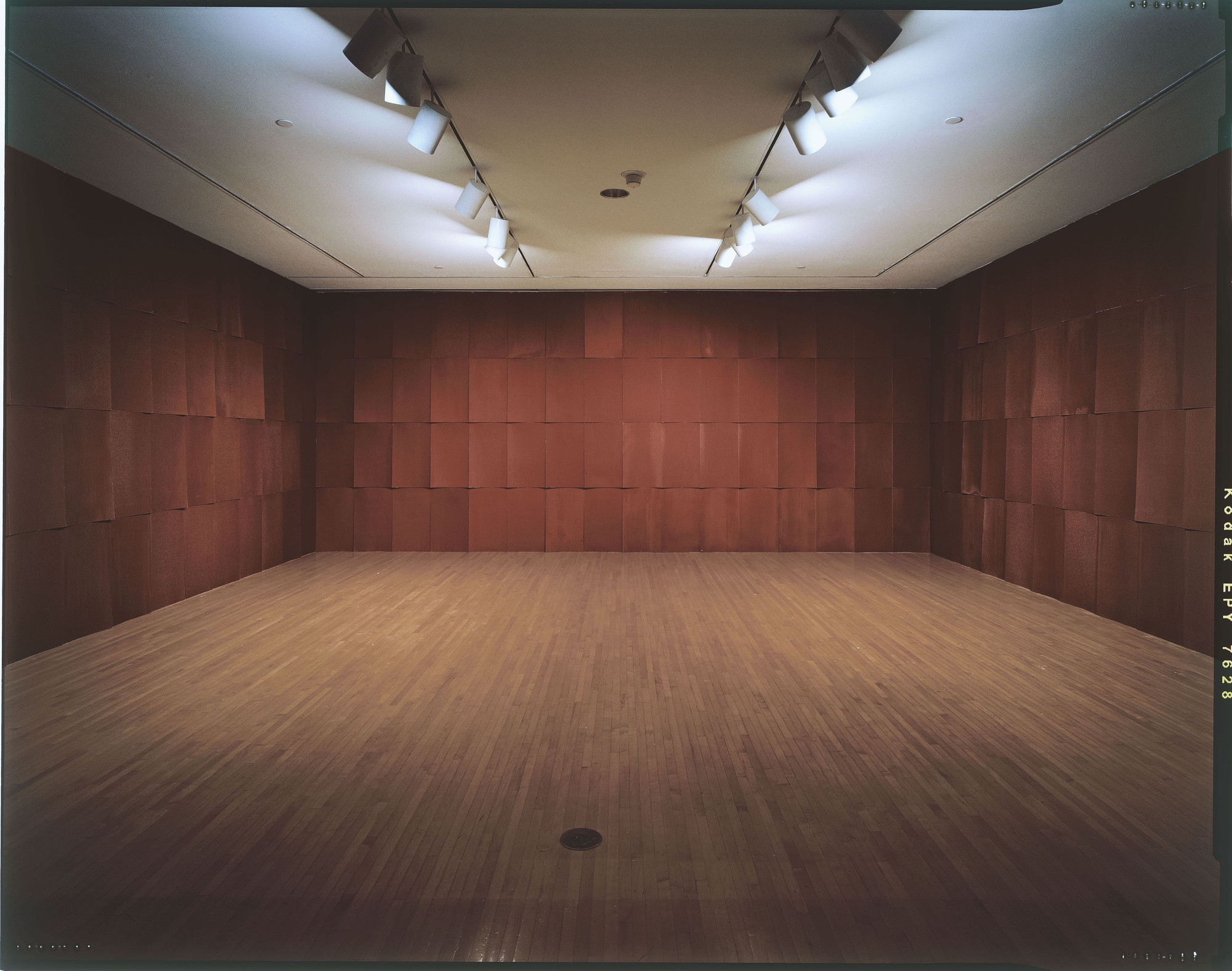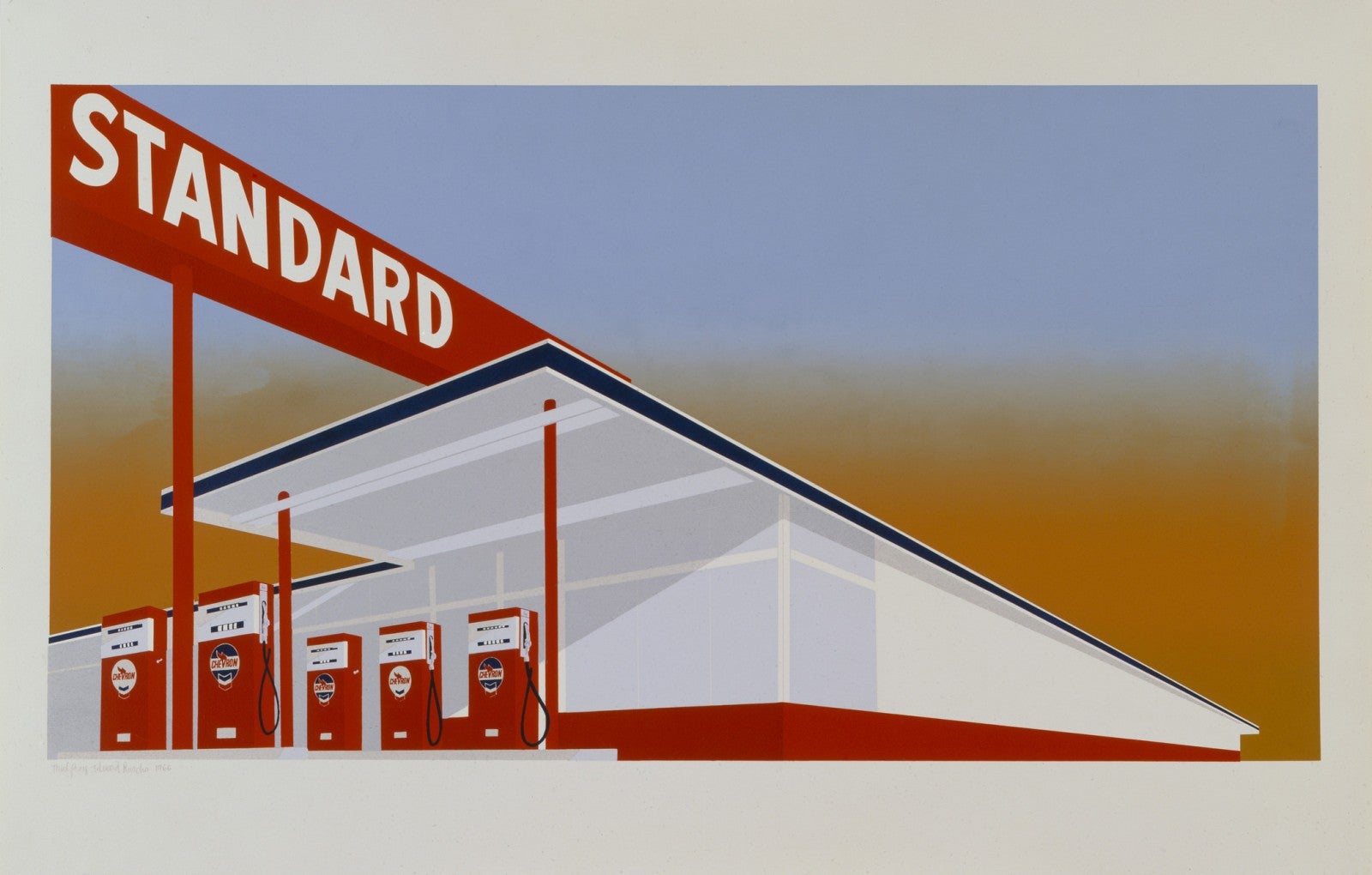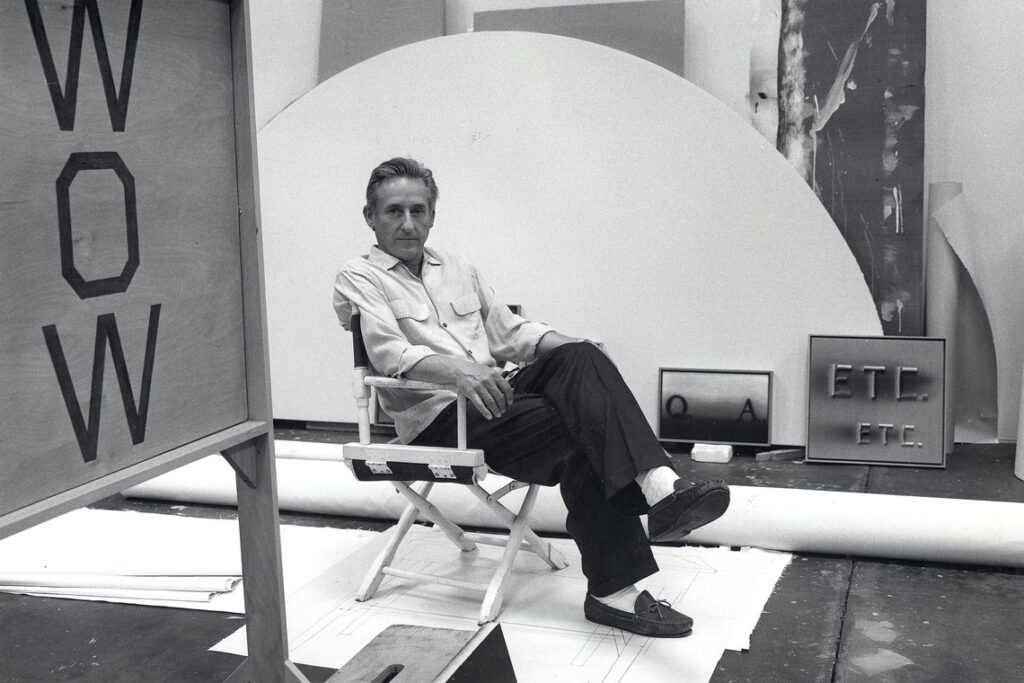Introduction
Edward Ruscha, popularly known as Ed Ruscha, is a crucial figure in American art, particularly noted for his contributions that span multiple mediums including paintings, prints, and photography. His work, often associated with the pop art movement, has been celebrated in numerous exhibitions worldwide, notably at prestigious institutions like the Museum of Modern Art (MoMA) and has fascinated audiences with its unique interplay of text and image.
Ed Ruscha’s Unique Artistic Vision
Ed Ruscha’s art is characterized by its exploration of the banality and uniqueness of everyday objects and language. His series of word paintings, where phrases are superimposed over sun-bleached landscapes or stark, minimalist backgrounds, are some of his most recognised works. Pieces like “Oof” and “Standard Station” have become iconic, capturing the essence of American culture in bold, graphic letters against simple, evocative backgrounds.

MoMA’s Recognition of Ruscha
The Museum of Modern Art (MoMA) has played a significant role in cementing Ruscha’s legacy within the art world. By featuring Ruscha in several exhibitions, MoMA has highlighted his innovative use of typography and imagery that speaks both to the commercial and mundane aspects of modern life. His artworks, featured in the museum’s collection, underline the influence of media and advertising on visual culture, making them relevant and reflective of contemporary society.

The Chocolate Room
One of Ruscha’s lesser-known yet profoundly impactful installations is “The Chocolate Room.” Originally presented at the 1970 Venice Biennale, this installation consists of sheets of paper coated in chocolate, arranged to fill an entire room with an overwhelming scent and visual impact. This work exemplifies Ruscha’s flair for engaging multiple senses, transforming the viewing space into an immersive experience.

Prints and Paintings
Ed Ruscha’s prints further extend his exploration of language and landscape. Through his skilled use of printmaking techniques, Ruscha has been able to reach a broader audience, making his distinctive style more accessible. His prints often feature the same stark, impactful text as his paintings, yet they bring a different, often more intimate, dimension to his exploration of American culture.
Ed Ruscha: More Than Just an Artist
Edward Ruscha is not just an artist; he is a phenomenon in the art world whose works prompt viewers to reconsider the interaction between words and images in contemporary culture. His paintings and prints do not just depict scenes; they provoke thought, challenge existing norms, and subtly critique societal values and the omnipresence of commercialism.

Conclusion
Ed Ruscha’s artwork, from his paintings at the MoMA to his intriguing Chocolate Room installation, offers a profound commentary on American culture through the lens of visual art. His masterful integration of text and image challenges viewers to find deeper meanings in the mundane and encourages a reevaluation of the everyday. Ruscha’s influence is indelibly imprinted in modern art, making his work a necessary exploration for enthusiasts and scholars alike.As museums like the Museum of Modern Art continue to showcase Ruscha’s work, his significance in the art world remains as vital as ever, inviting new generations to explore the depth and nuance of his artistic expression. Whether through his vivid paintings or innovative prints, Ed Ruscha’s legacy continues to impact and inspire the trajectory of contemporary art.
Feature image: Ed Ruscha | courtesy: Leo Holub/Archives of American Art/Smithsonian Institution, Washington, DC
How a Painter’s Vision Redefined Global Communication: The Story of the First Telegraph





